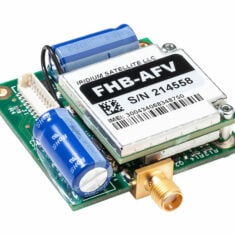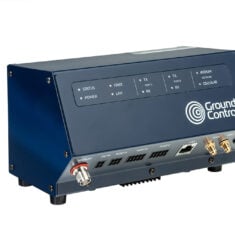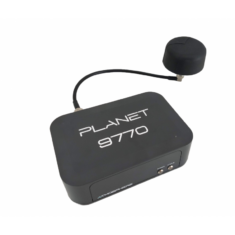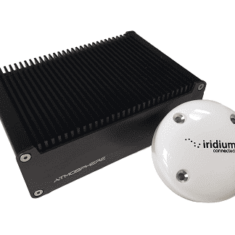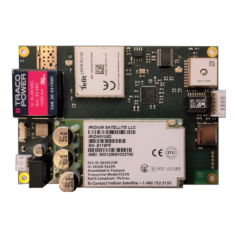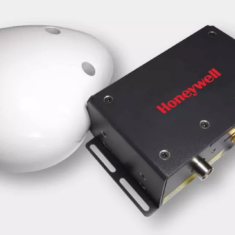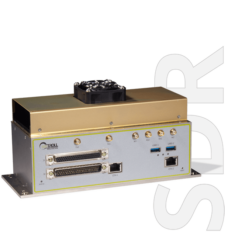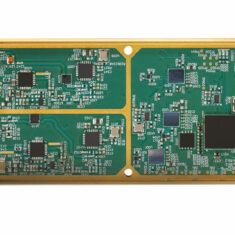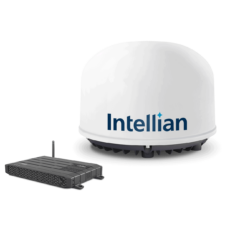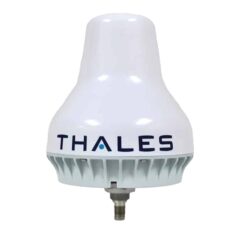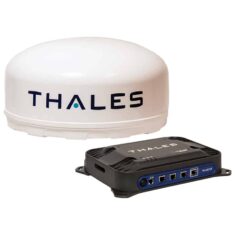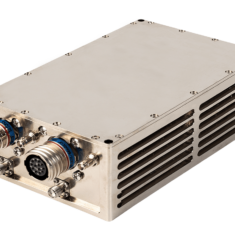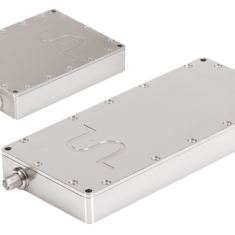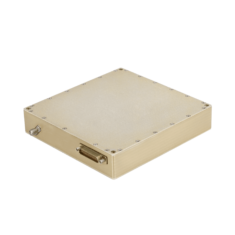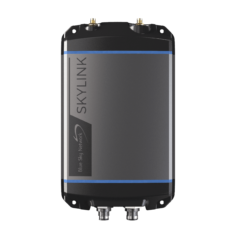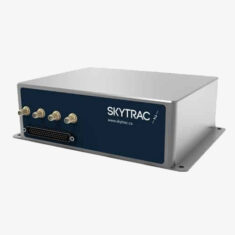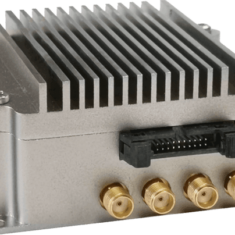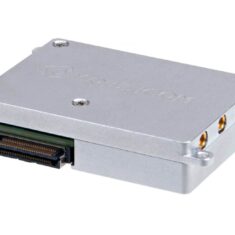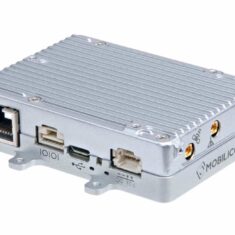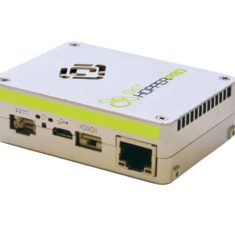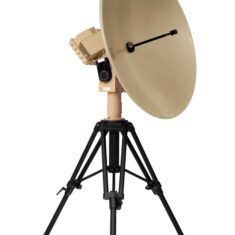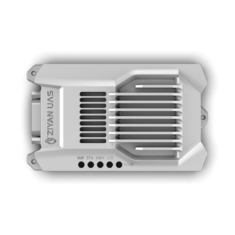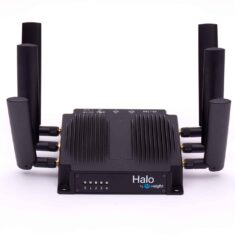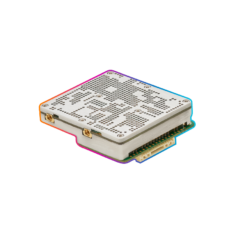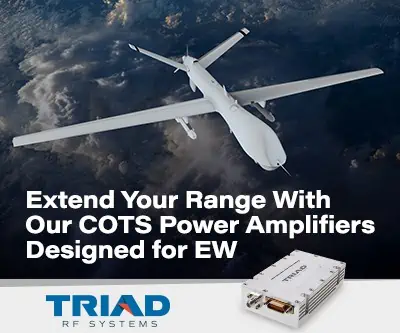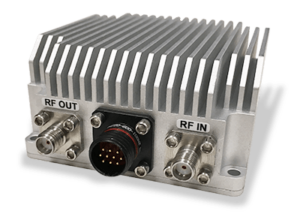
Wireless Communication RF Power Amplifier by Triad RF Systems
Wireless datalinks transmit data from one point to another without the use of cables or other physically wired systems, and typically use frequencies in the radio and microwave portions of the electromagnetic spectrum.
Wireless communication technology is an essential part of unmanned aerial systems (UAS) and other unmanned vehicles, carrying out such tasks as sending commands from a GCS (ground control station) to a drone autopilot, transmitting telemetry data from a drone to the GCS, and transmitting video, images and other data from drone sensor payloads.
Smaller drones may be equipped with a Wi-Fi transceiver that enables them to form a wireless link. However, Wi-Fi has a limited range of less than a kilometre, and outside of urban areas that may have extensive Wi-Fi coverage, greater ranges may be required. Drones that need to operate BVLOS (beyond visual line of sight) or be controlled in remote areas over large distances will require a different solution.
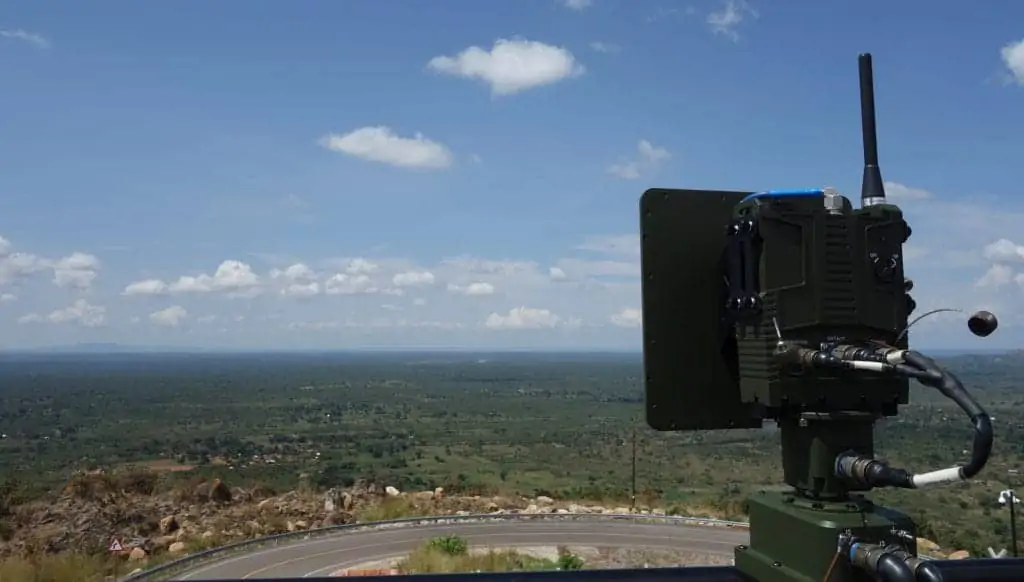
Wireless Datalink for Drone Communication
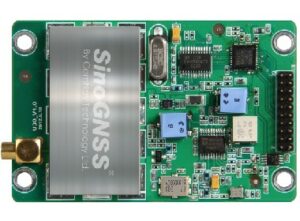
Wireless-Datalink-Drone-Communication-by-ComNav
In addition to long ranges, drone datalink communication also needs to be able to handle the high speeds at which unmanned aircraft can fly, as these speeds can affect the spectral efficiency of the datalink. The wireless communication method must also have sufficient bandwidth to support the data rate requirements of the application. Sophisticated drone sensor payloads can stream real-time video in high-definition, requiring significant data throughput. A drone datalink also needs to have as large an uptime as possible, particularly for drones using real-time sense-and-avoid technologies that require near-constant availability to operate.
Lower frequency bands such as HF (3 – 30 MHz) and VHF (30 – 300 MHz) have become very congested as the number of aircraft has increased, and so UAV datalinks have increasingly moved into the L-band (1 – 2 Ghz). The wider band allows for wider channels that can support the high data rates of modern sensors.
Tactical Datalinks for Drones
Military and government UAVs may have additional requirements for their wireless datalinks. These include advanced data encryption for maximum security, as well as anti-jamming and anti-spoofing capabilities. The datalink should also be difficult to detect in order to reduce the likelihood of the UAV being located.
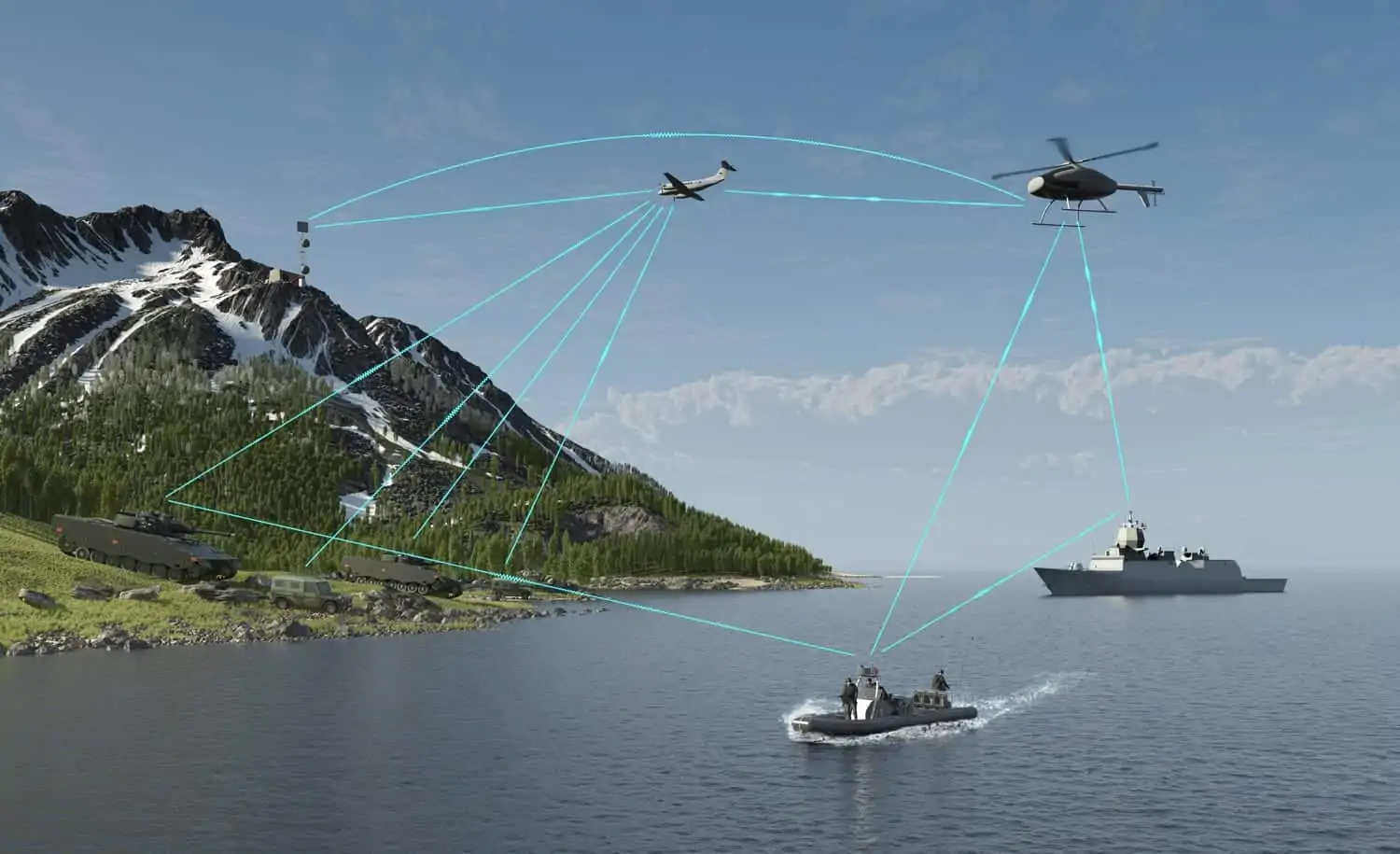
UAV Datalink Capabilities
Drone datalink capabilities can be extended by using radios with MIMO (multiple-input multiple-output) wireless technology. MIMO allows both the reliability and the capacity of a radio link to be expanded by using multiple antennas at both the transmitter and receiver. This antenna diversity introduces additional signal paths that can be used to improve the signal-to-noise ratio of the link. The additional antennas can be also used for multiplexing, in which the different paths are used to carry multiple data streams.



















